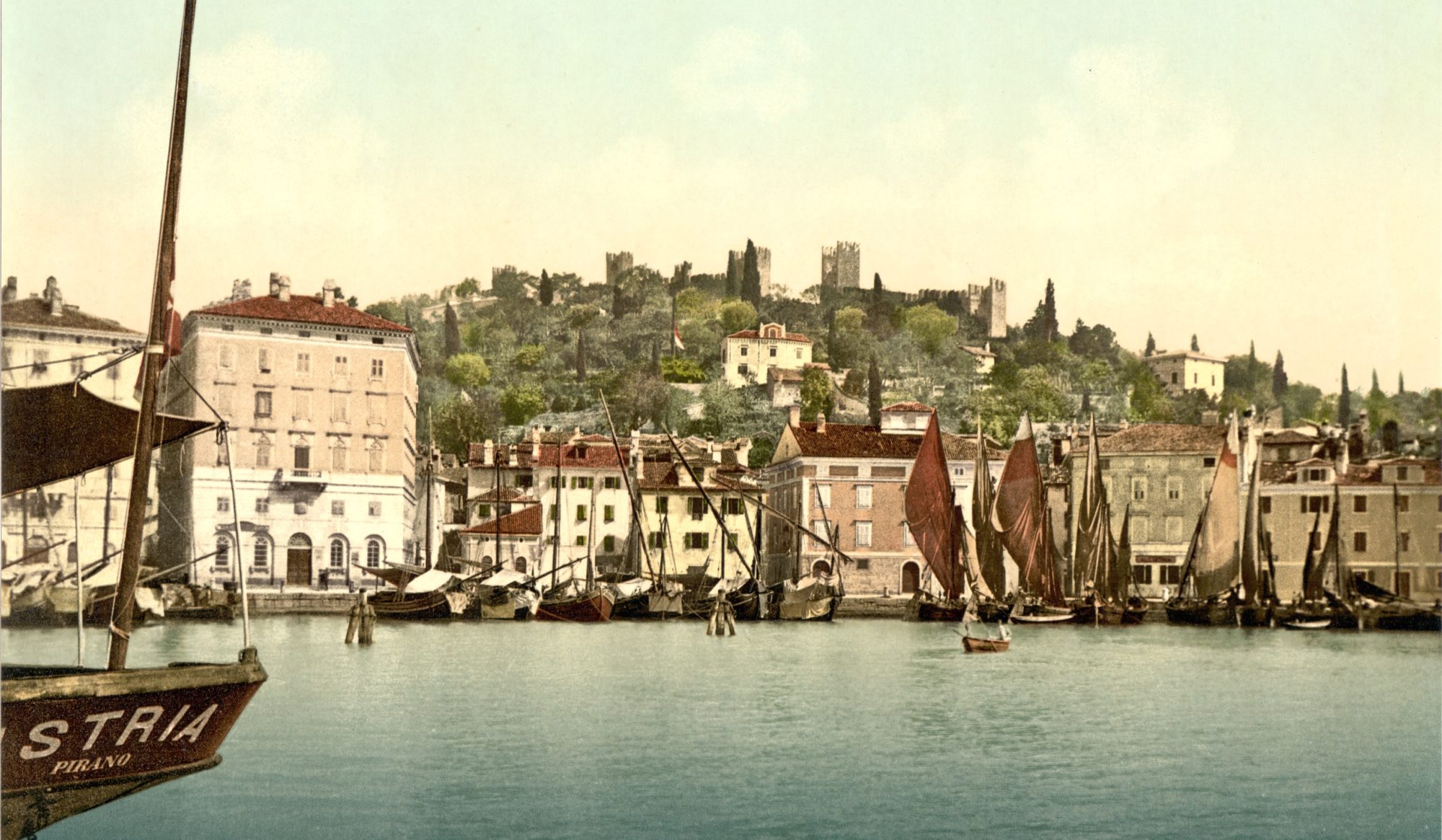We bought fresh mandarins at the market which consisted of a bunch of ladies under the big mango tree at the hospital entrance. There was a barge that had unloaded goods the night before when it arrived at 2100 and left in the morning at 0700 so it was good to stock on fresh things. As we had run out of work, by Friday lunchtime we set off on our next adventure armed with our fresh fruit. It was exactly a week after dropping anchor in Lolowai. Early on Saturday morning, we slipped down the coast on the full tide. In the wind shadow of the mountain we motored on flat water.

Discovering a secluded little inlet down the coast in the later that morning after only a passing mention from some yachtie a long time ago we thought to check if out. Think Rangitoto coastline with a little dent. We anchored in Dixon Bay (15°19’29.58S, 167°48’17.16E) to the delighted audience of giggling kids watching from the rocky bluff. A local fishing boat came in to assure us anchoring there was safe although there wasn’t any wind anyway. We were the first boat to stop so far this year and they only get 3 or 4 in an annum.

There was a cut away in the rock and a concrete ramp smaller than a driveway. This we lifted Zoe onto. (Zoe is the zodiac and our little runabout dinghy) We had rowed in rather than getting the outboard set up which made things a little easier.
The young local chief met us and showed us around the very small village. Phil asked if they had any elderly and was introduced to one man. We asked for fresh fruit and the kids disappeared while we did a sight test with him. He needed strong reading glasses. The kids returned with a load of island sweet grapefruit. We shared some out and traded some to take home to Waimanu. Back at the boat ramp the kids started swimming and Phil joined them. The water is over 27°C! Phil and the kids all jumped in from a high rocky outcrop. It takes some pluck, that’s for sure.

Wanting to shorten the voyage to Santo as much as we could, we carried on along the North West coast of Ambae. We found an anchorage of sorts off a steep boulder beach named Loone Lakua (15°21’37.02S, 167°45’42.72E) and with the dinghy anchor astern, we pointed to the slight swell and enjoyed a quiet night, watching some more of Colditz, a 1970s BBC TV series about the POW camp that we are now halfway through.

















